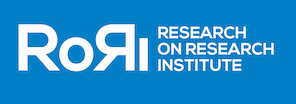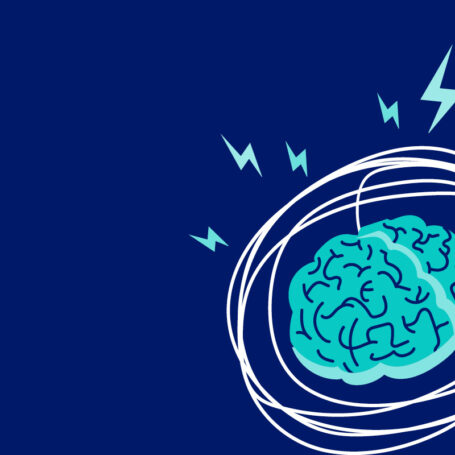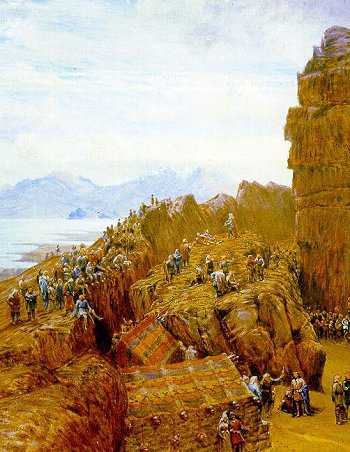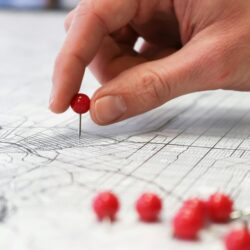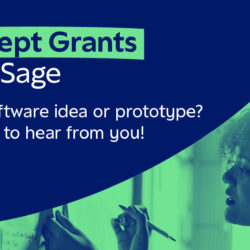Learning Through Citizen Science: Enhancing Opportunities by Design
When designed right, “citizen science has the potential to support science learning in unique ways,” says a National Academies committee designed to assess how citizen science plays out in science learning. Although it has long been assumed that citizen science, as a practice, enhances learning and give practical knowledge, an official recommendation of best practices have not been synthesized for practitioners to use in their study and research. This was a concern for many academics around the world, eventually catching the attention of the National Academies of Sciences, Engineering, and Medicine.
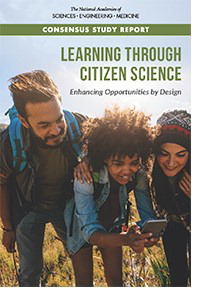
At the request the nonprofit Gordon and Betty Moore Foundation, the Howard Hughes Medical Institute, and the Simons Foundation, the National Academies of Sciences, Engineering, and Medicine, or NASEM for short, established a committee of experts, lead by chairman Rajul Pandya, to conduct a study on how citizen science projects can be better designed to support science learning. The committee was tasked with identifying and describing existing citizen science, to develop a set of evidence-based principles to guide the design of citizen science projects.
Citizen science has the potential to support science learning in unique ways. The properties of citizen science that make it particularly useful for science learning include the opportunity to participate in authentic scientific endeavors, the way in which citizen science is conducted in real-world contexts, and the way in which citizen science engages participants with real data.
Their findings were compiled into NASEM’s latest report, “Learning Through Citizen Science: Enhancing Opportunities by Design,” published last week. The report concluded that academics focused on science learning can better reach “students” — or participants — through citizen science.
But its not a top-down process: A citizen science study must allow in-depth collaboration with a variety of stakeholders and participants involved. The report offers recommendations to foster new citizen science and improve the experience and outcomes.
Citizen science is the process of involving non-scientists in a wide variety of scientific, or science related, projects, such as data collection or labor-intensive analysis. Because of this, citizen science projects vary significantly in the way that they support participant engagement in material, organize projects, create goals, reach out to participant, and report results. The range that citizen project capture, go from mapping points of trees to see where there is vegetation in an area, to playing a video game online to measure emotional patterns.
“Public participants who are not professionally trained in disciplines relevant to a specific project” participate with goals of advancing and using scientific knowledge. Since citizen participants usually are motivated not by profit or career advancement, but rather by general interest or driven by social concerns, this offers the opportunity for longer-term participation.
The report finds that citizen science projects focus on a communal approach, and usually the studies or projects work best if their are tangible results or if the concern is relatable to the context.
While citizen science can be highly inclusive, allowing for involvement on all levels, class, demographics, etc., the report found that exclusion is one of the biggest areas that need to be considered in designing a project.
“Citizen science project designers must grapple with issues of equity, diversity, power, and inclusion. They face these issues even if they do not set out to address diversity in their project and even when they are not consciously aware that these factors are at play in their project.”
One of the most effective things project designers can do to attend to diversity is to question embedded and pernicious assumptions about who is capable of participation and what that participation can yield.
The committee recognizes that educational context and intent, influence the kinds of learning outcomes as stated in several learning theories. To help better streamline learning in citizen science projects there are three broad guidelines to follow:
(1) citizen science projects must be designed specifically for learning
(2) citizen science projects need to flexible in order to support learning
(3) borrowing citizen science practices to support learning.
Additional guidelines the committee suggest are:
- Know the audience
- Adopt an asset-based perspective
- Intentionally design for diversity
- Engage stakeholders in design
- Capitalize on unique learning opportunities
- Support multiple kinds of participant engagement
- Encourage social interaction
- Build learning supports into the project
- Evaluate and refine
NASEM has also not dissolved the committee in hopes that more research be done, in order to provide further thoroughness to the report findings in future reports.
